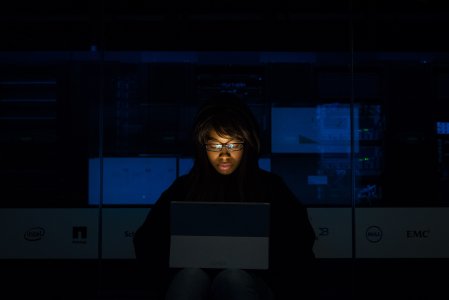Chris Procter is a senior lecturer in the Business School at the University of Salford/ UK, and has a long held interest in the design and implementation of effective higher education: “Whilst at one point it was felt that the power of online learning would replace face-to-face teaching, it is now appreciated that the design of the live experience is more important than ever before. This applies to the experience of a conference as much as a classroom. Just as a good meal involves good preparation and cooking, so blended learning is not about the mixture of experiences but their effective combination” (hence the title of his talk!).
Originally, a blended learning model was thought to comprise components such as educator-delivered content, e-learning, webinars, live or online sessions with instructors plus the use of social media and events. Conventional classroom teaching today, be it at state/private schools or at university level, is automatically supplemented by the pupils’/students’ independent online study. Distance learning models offer less face-to-face time – for obvious reasons – but the course members still interact as a group or class.
It is not surprising that this happens, given the teamwork-focused environment we work in today. This can be a true win-win situation: through the exchange of ideas, individuals will intuitively learn from one another, and leader types strengthen their own knowledge by teaching others. I can remember workshop heads in many of the workshops we organised (more than 40 in and around Europe) commenting on how much they learnt from the students and young designers in their workshop teams – and nobody felt undermined. Team learning can therefore be highly beneficial for all concerned. That said, it is important not to neglect solitary study, or let’s call it personalised learning.
Learning, or studying, alone gives us the opportunity to work on our own weaknesses and gaps in our knowledge and skills. This is a positive activity and not a sign of being behind. Studying alone increases focus, and allows us to work at our own pace.
Nobody really talks about blended learning today. Perhaps it has become so accepted as a modus operandi that the term itself has become redundant. Or maybe it is time to redefine this approach – also in the sense of Continuing Professional Development (CPD). What is it we need to “blend” today in order to learn effectively or develop professional know-how and skills – different learning locations (seminar rooms, conference venues …), learning methods (educator-led, self-learning, practical workshops, online learning …)?
I would go as far as to say that what we need to blend today is what we can/must/should be learning from different sources or disciplines. Why? Because that’s the way projects are conceived and realised in the 21st century. We don’t know it all, but we need to know what and who is required, and to understand why.
Lighting Design is no longer simply one clearly defined area of expertise. It involves a range of disciplines, which is why I am suggesting renaming Blended Learning and calling it KAOM Learning = Keep An Open Mind Learning. At all levels. Who’s on board?
